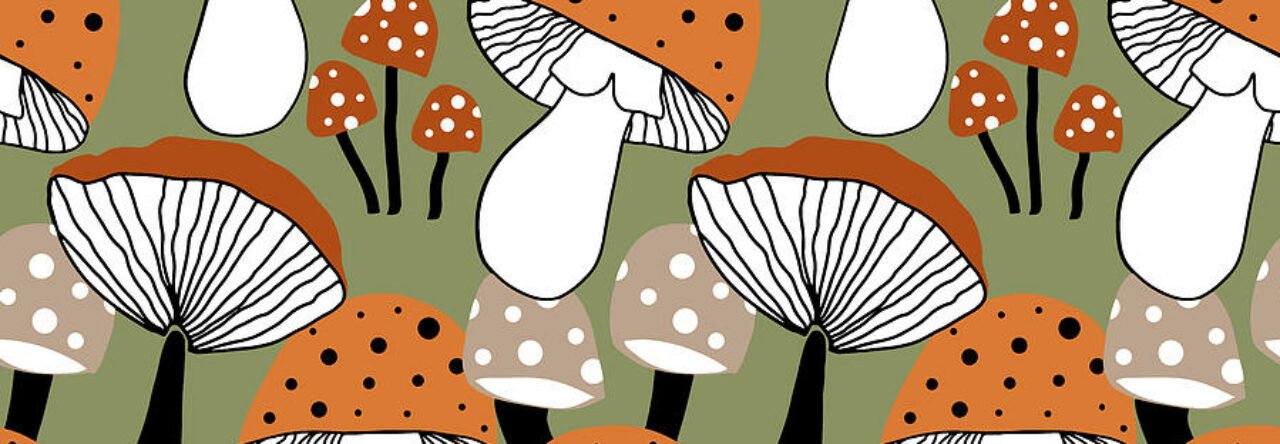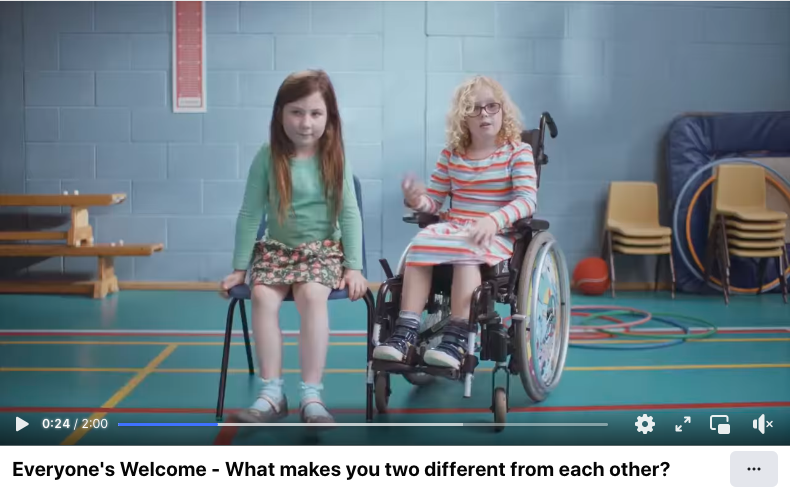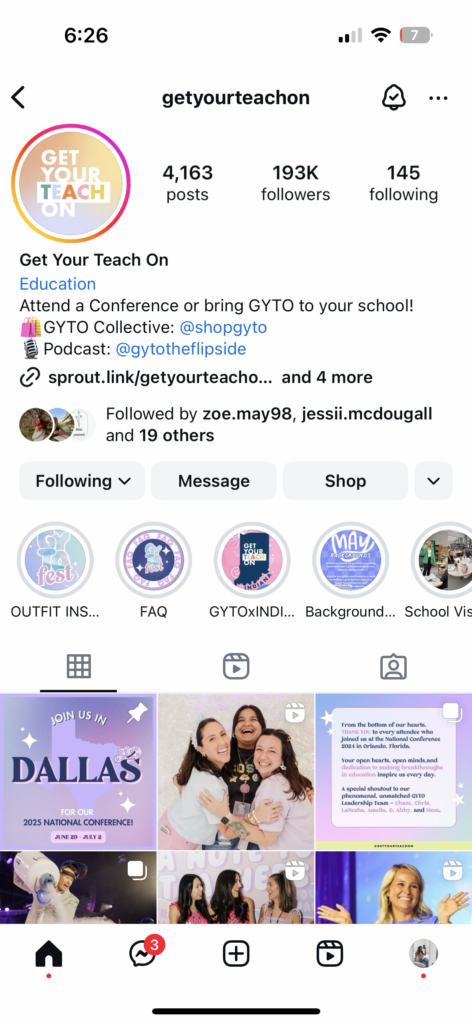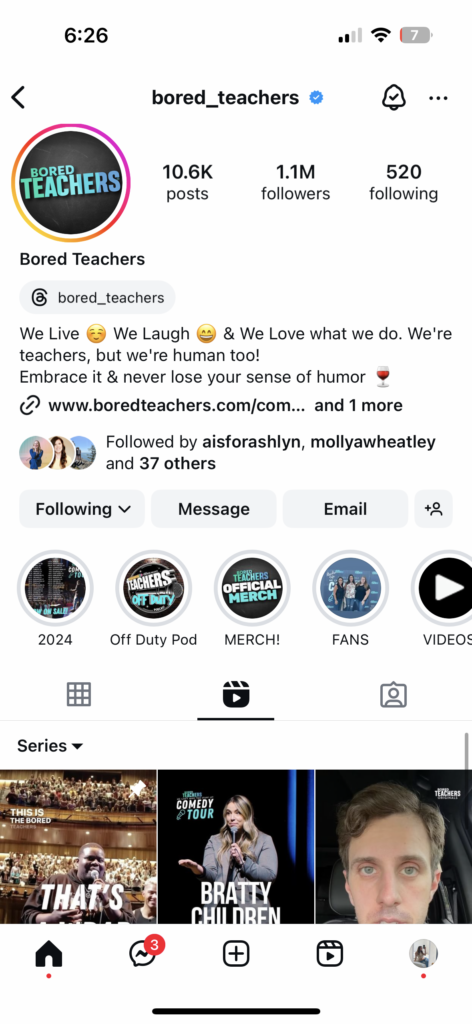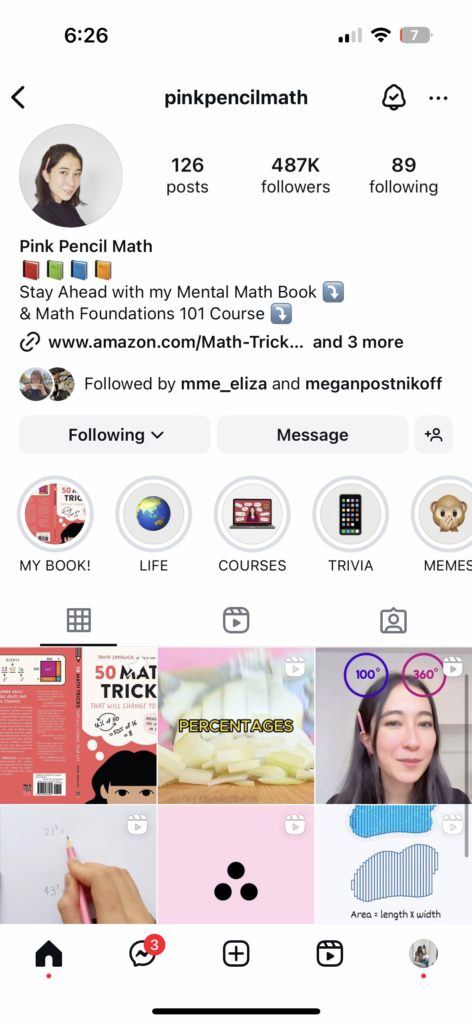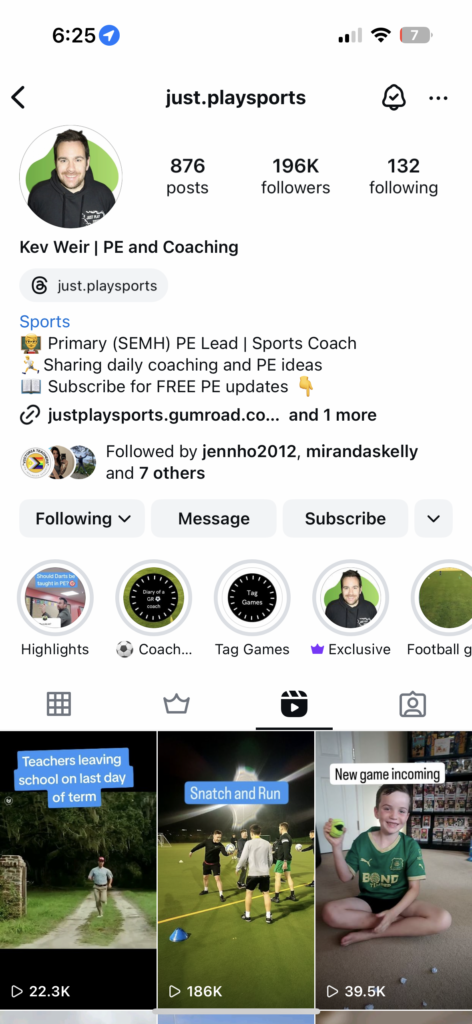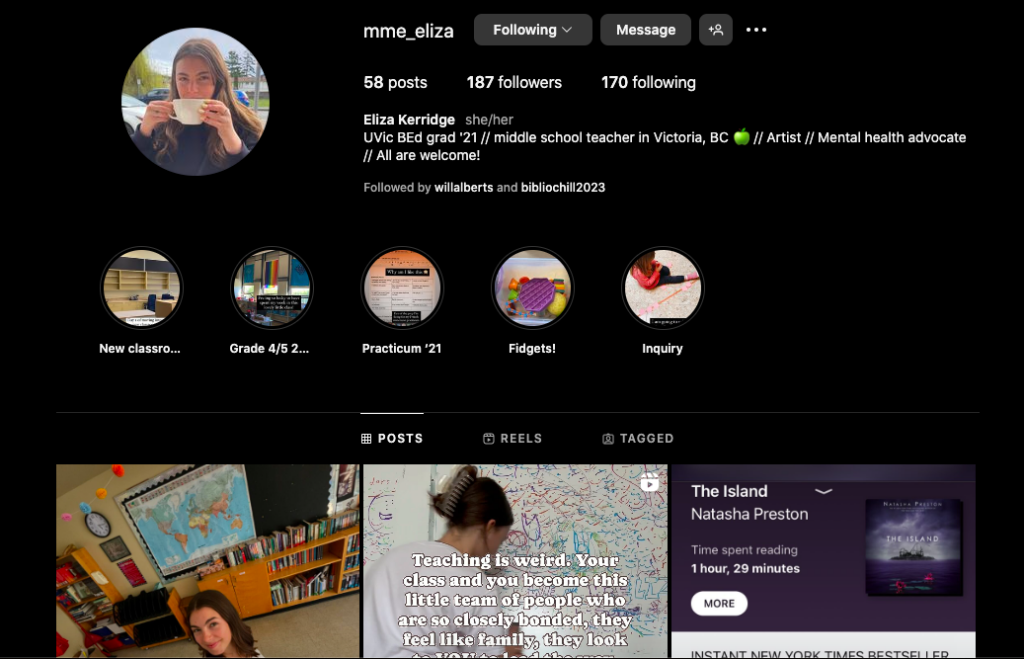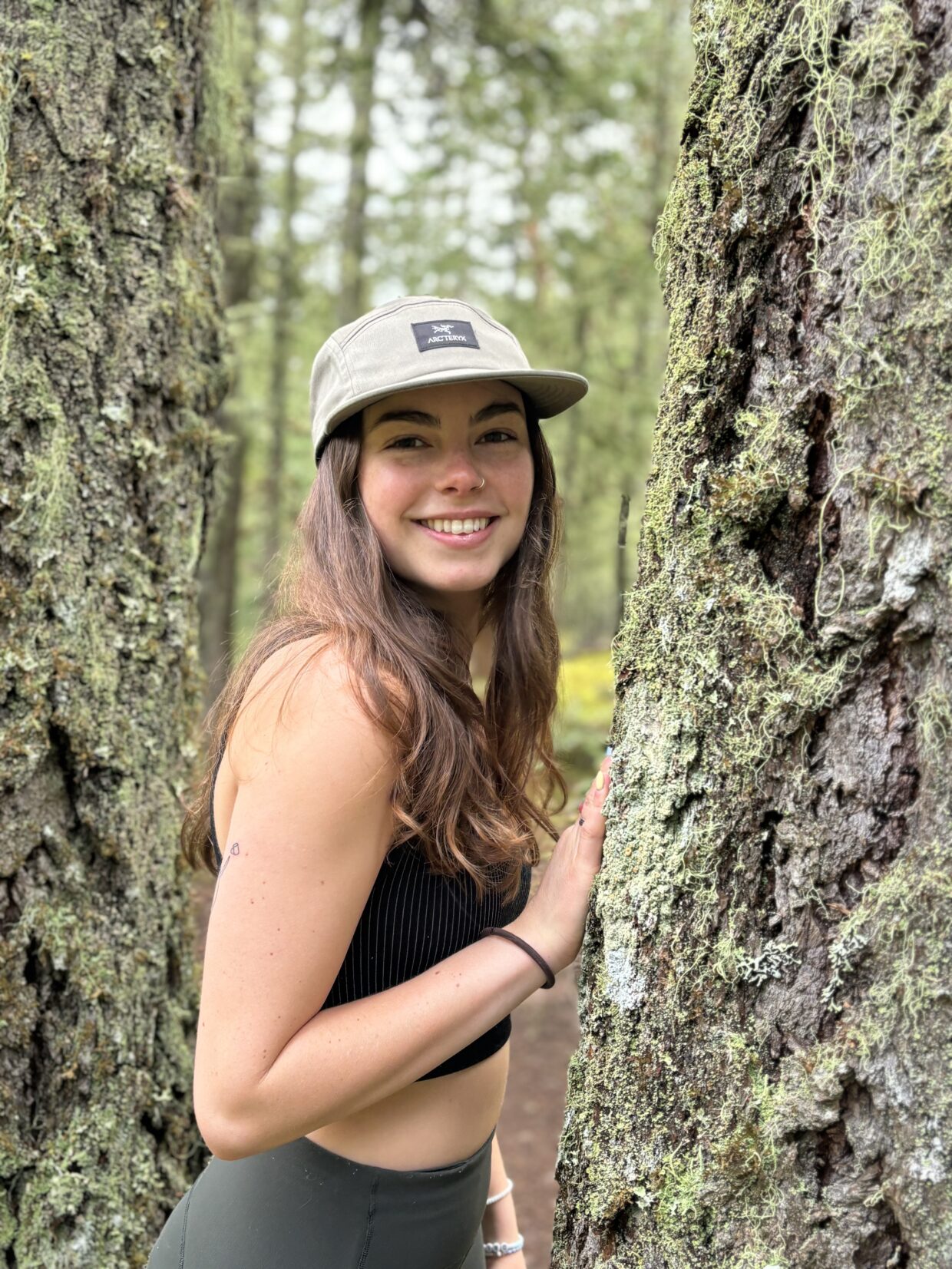My Journey with My PLN: Growing, Engaging, and Expanding
As I wrap up this course, I’ve been reflecting on how my Personal Learning Network (PLN) has become such a vital part of my professional growth and daily teaching life. My PLN isn’t just a tool; it’s a dynamic, ever-evolving space where I connect, learn, and inspire—and where I’m inspired in return.
Using My PLN for Growth When it comes to using my PLN for professional growth, Instagram has been my go-to platform. For me, it’s the perfect mix of interactivity and inspiration. The image-based content and engaging scroll make it easy to stay connected, share resources, and exchange ideas with fellow educators. I’ve found that Instagram’s simplicity in tagging, direct messaging, and collaboration features make it an ideal space for building a vibrant teaching community. I’m particularly focused on growing my teacher Instagram to showcase more of my day-to-day experiences as a middle school teacher. It’s a space where I aim to inspire young, aspiring teachers and those I’ve connected with professionally. My goal is to remind them to stay open to learning opportunities and, as cheesy as it might sound, to believe in themselves.
Engaging with My Community Engaging with my PLN community has been such a rewarding experience. I love participating in discussions, offering support, and sharing content that I find valuable. Whether it’s commenting on a peer’s post or sharing a creative lesson plan, I’ve found that being active in my community not only helps others but also enriches my own practice. The feedback and ideas I receive from my PLN have pushed me to think outside the box and keep my teaching methods fresh and innovative.
Building a Supportive PLN Building a supportive PLN takes intentional effort. I’ve made it a point to connect with individuals who share similar professional interests and goals. I look for people who are passionate about making learning fun and accessible—just like me! Reaching out to new contacts, engaging in meaningful conversations, and collaborating on projects are all steps I’ve taken to strengthen my PLN. I’m always on the lookout for new connections who can bring fresh perspectives and ideas into my network.
Expanding My PLN Going forward, I want to expand my PLN to include more diverse voices and perspectives. I will continue to connect with other educators, share photos and resources, and contribute to an ever growing web of awesome, hard-working teachers. My goal is to build a network that supports my growth and helps me stay inspired as a teacher.
In closing, my PLN has become more than just a collection of contacts—it’s a community where I learn, grow, and contribute. As I continue to expand and engage with this network, I’m excited to see where it takes me and how it will continue to shape my journey as an educator. Here’s to the future of teaching and learning—full of connection and creativity.
